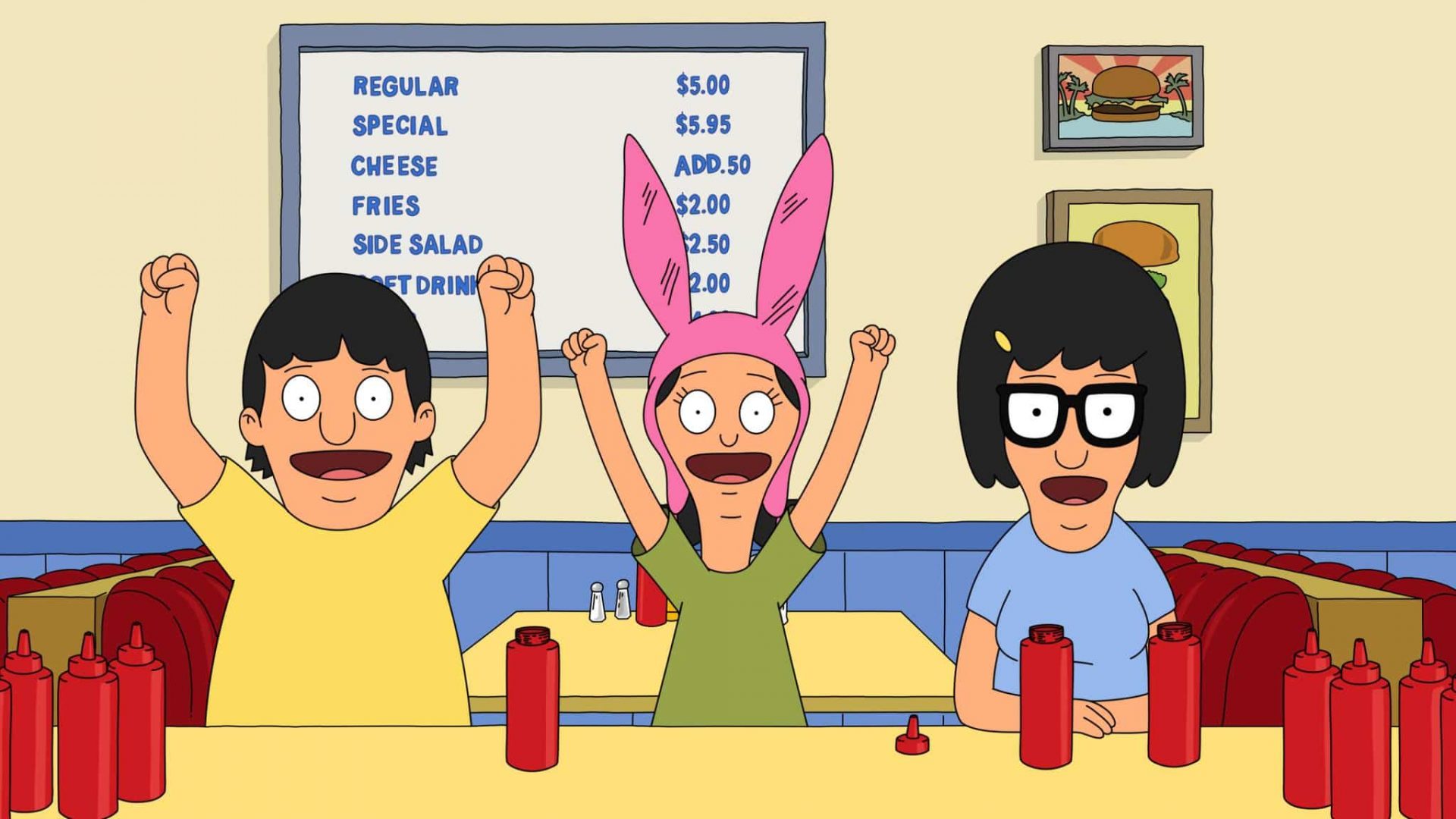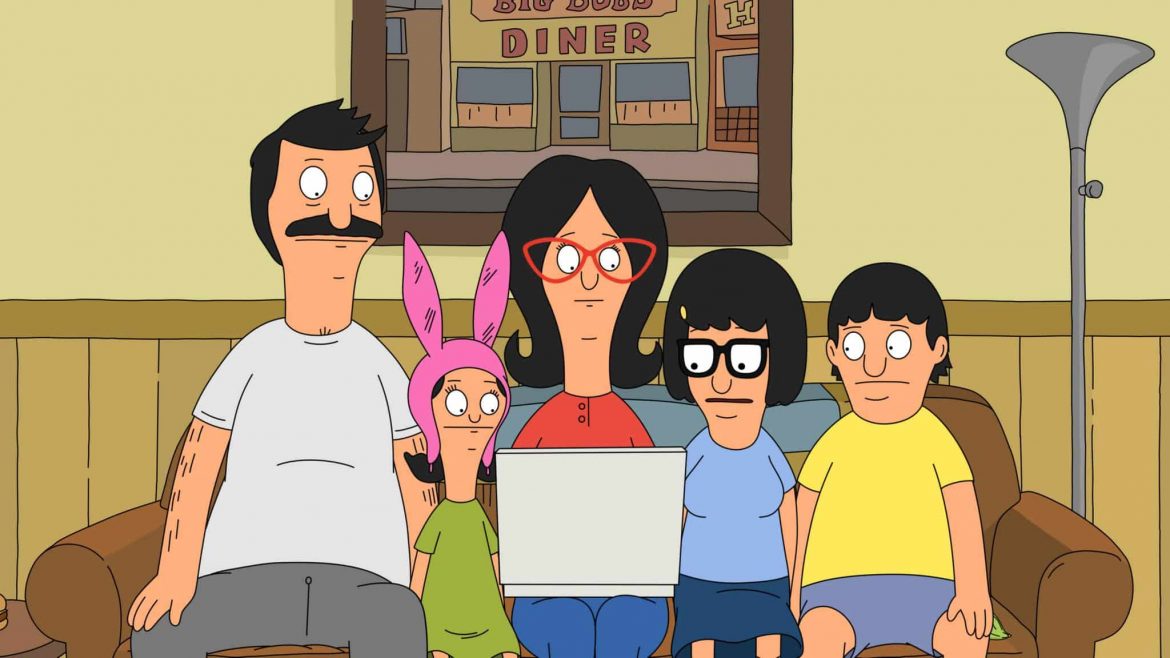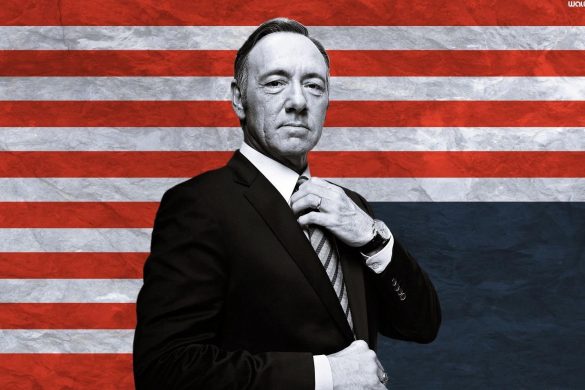by Gemma King |
Of the numerous cartoon series to dominate our screens over the last couple of decades, most have several elements in common. From The Simpsons to Daria to Family Guy to lesser imitations like American Dad and King of the Hill, all feature normal-yet-dysfunctional American families, whose antics reveal the humor and irony of everyday experience.
These families are mostly middle-class, mostly white (though the Family Guy spinoff The Cleveland Show is an exception), mostly all straight and mostly suburban. The best of these cartoons are apt at parody, and can even use satire to expose and critique issues rampant in consumerist society. The two most popular of such shows, The Simpsons and Family Guy, seem to have the recipe for a long-running, broad-audience cartoon down to a fine art: an overweight working dad, a smart yet underappreciated mom, a less-than-brilliant delinquent son, an intelligent nerdy daughter and a baby everyone underestimates. Throw in a dog (talking or otherwise) and you have the template for the American cartoon family.
At first glance, it seems understandable that many would lump Fox’s Bob’s Burgers in with the rest of these shows. The cast of Bob’s is indeed white and middle-class (though closer to working-class than most), American, rather rotund and composed of a straight married couple with three children. The show is skilled at pulling off parodies of unexpected source texts like Stand By Me, Jaws, The Unbearable Lightness of Being, The Goonies and Mad Max: Beyond Thunderdome.

Bob’s Burgers
The episodes explore the mundane humor of the everyday, and at the end of each episode, the characters return to their lives of school and work. Yet despite these similarities, Bob’s Burgers is unique for its sweetness.
Bob and Linda Belcher run a struggling eponymous burger restaurant in the seaside town of Wagstaff, a fictional place reminiscent of Coney Island. They live directly above the shop with their three children; 13-year-old Tina, 11-year-old Gene and 9-year-old Louise, who are also their unofficial and only employees. Though most episodes begin with a standard day at the restaurant or in the halls of Wagstaff Elementary, they soon turn charmingly hilarious. This is usually when Bob seizes on a plan to boost the restaurant’s popularity, Linda seeks out an opportunity to practice her less-than-spectacular song and dance skills, Tina finds a new way to embarrass herself in the pursuit of seeing boys’ butts, Gene takes on a new keyboard or fart-related project, or Louise hatches an evil plan to take over the world.
Unlike Daria, Bob’s Burgers is lacking in cynicism, its only adolescent character a naïve optimist. Unlike The Simpsons and Family Guy, Bob and Linda have a far more equal partnership and a sincere appreciation for one another’s work. Unlike Homer, Bob adores his children and unlike American Dad, the show does not feel derivative at all.
Bob’s Burgers gets away with more Gene-centered toilet humor than it should, and Tina’s obsession with rear ends is a joke that should have grown old by now. Yet Bob’s is consistently funny, original and endearing. Far more than any other family animation on our screens, Bob’s Burgers is amusing, unusual and full of heart.
Watch episodes of Bob’s Burgers currently screening on Netflix.
Read more by Gemma King at: www.lesmuseesdeparis.com
TV HACK rating
-
Bob's Burgers









